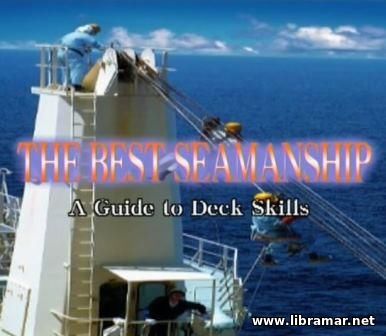 This training video supplements the booklet on the deck skills. We recommend our visitors to download both training resources to get better training results. The arrangement of the materials in this video is aligned with the structure of the book. As it is clear from the title of both video and publication, they were developed specifically with the sailors in mind.
The materials contained therein have been carefully selected by the authors and will be of practical use both for the students and for the practicing sailors. The explanations are all very clear and understandable. While the publication provides the text descriptions and instructions to be followed, the video will show how exactly the particular practices shall take place. All you have to do is just to read and understand the descriptions in the book and then launch this video file and see how it looks – as we all know, there is nothing better for training than the visual aids.
According to the feedbacks from the students, this training set is one of the most effective training resources of those available today and that is the main reason why it has gained so much of popularity all around the world. Make sure you go through it and do not miss any section.
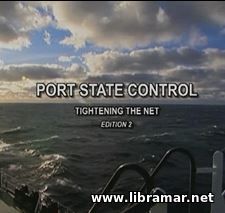 Shipping is vital to the world economy, but it must be of a good standard and properly operated, so it is not to danger the crew, risk the cargo and damage the environment. Towards the end of the last century, a series of shipping incidents led to suspicions in Europe that poorly operated ships were escaping the net of the established regulatory bodies. Discussion began on inspecting ships in port under the SOLAS Convention.
It was clear that, to be effective, countries had to act together. So, in 1982 in Paris fourteen European countries signed the Memorandum of Understanding, an MOU on Port State Control. The Paris MOU currently includes twenty-seven countries. Other MOUs were established in the Asia-Pacific region, South America, the Caribbean, the Mediterranean, the Indian Ocean, West Africa, the Black Sea and the Arabian Gulf.
Now, there are nine MOUs incorporating nearly 140 countries. The USCG also inspects ships under port state regulations. The objective of all these countries is to ensure that the ships entering their waters are properly maintained and properly run. Although port state control is intended to benefit the port states, it is benefit to both ships’ crews and ship operators. As soon as the ship is scheduled to arrive, the port state authority examines its records and recent MOU inspection history.
If the ship has had problems in the past or has not been inspected recently, it will go into selection list for inspection. Each MOU has its own method for selecting ships. Many look at the ship’s history and also its type. If it is of the type and age considered high risk, it will go on the selection list. If it is Flag State or Recognized Organization that has a poor record of detentions, the ship will go on the list.
If a complaint has been received, either from a previous port, a crew member or a pilot, that will also put the ship on the list. Once the ships have been selected, the port state control officers are assigned. The ship is not informed – they always arrive without warning. The objective of port state control is to ensure that all the ships passing through the port state waters, are operated according to international standards.
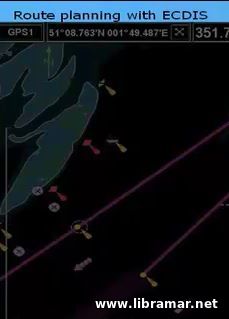 This training file is in fact not the actual video but rather a sort of presentation providing necessary information about planning the ship’s route using the ECDIS. It will be very good both for people wanting to get the general idea of what the electronic navigation means is, and also practicing navigators who need some more info on the practical use of the system.
They will get to the better understanding of the ways to comply with the relevant rules and regulations, and know how to use all the functions and features of the electronic navigation charts. The main emphasis has been made on the voyage planning. The main objective of it is to ensure that the vessel can be safely navigated from one port to another. For this, the most safe and favorable route shall be established for the vessel and, of course, the safety aspects shall be taken into account at the first place.
The navigators shall consider so many factors when developing the voyage plan – among those factors are the type of the cargo being carried on board, marine environment, reliability of the navigation charts available for the proposed plan, routing constraints, weather conditions, availability of the navigation aids and so many others.
 The opening part of the “The Mooring Series”, devoted to the theory of mooring. Start with this one but also get two other parts dealing with the safe mooring practice and maintenance of mooring systems, plus a booklet. As a ship approaches port, officers and crew members shall prepare for mooring. When berthed, the ship’s mooring system must help ensure the ship’s safety and enable the cargo operations to proceed smoothly.
The purpose of mooring is to ensure that the ship lies securely and in correct position of the berth relative to the loading arms or cargo handling facilities no matter how the wind, waves or currents may affect her. In this video, we will look at the various forces the mooring scheme must withstand; the mooring at buoys will not be considered. The forces that act on a ship’s hull at the berth can be considered as having two components – transverse forces trying to move the ship away from, or toward the berth, and longitudinal forces trying to move the ship along the berth, forward or aft.
These forces may be caused by wind or by the movement of water, such as underwater currents, wave motion, and swell from passing vessels. Wherever possible, berths are designed to minimize the transverse forces. In practice, however, changing wind, tide, and sea conditions mean that such forces may present a load on the ship’s hull from any direction, effectively reinforcing or counteracting each other…
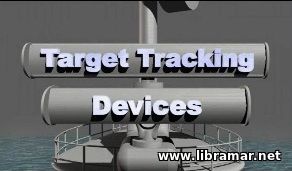 The present training video film was developed to supplement this training booklet and with the ultimate intention to provide a proper and easily accessible introduction to all major technologies that are making up the Target Tracking Devices; another aim of the authors was to describe to the trainees how exactly subject tracking devices are related to each other. The technologies that have been dealt with in this training video are the ARPA, AIS and ECDIS.
The training is primarily intended for the deck team including both senior and junior ship officers. Radar sweeping the surrounding sea, pinpointing ships, coastlines, every sweep plotting a new situation; by using this information together with the information on the speed and course of your vessel, it has long been possible to make a vector triangle identifying any targets. Of course, taking into account the congestion of the shipping lanes with dozens of vessels showing the same sea space and some vessels travelling at high speeds, calculations need to be swift and accurate.
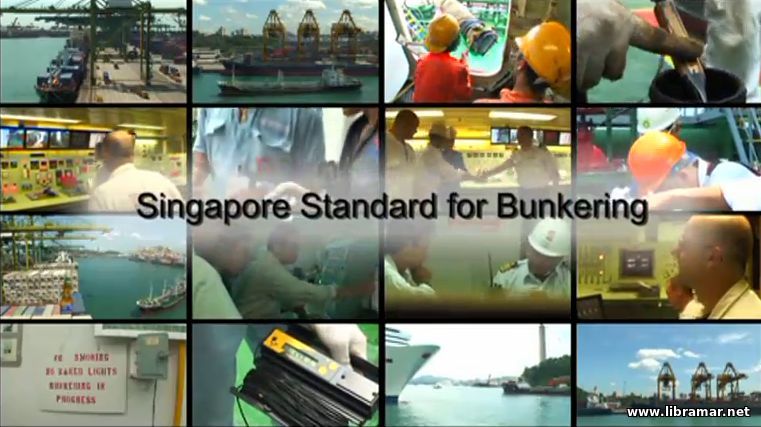 Today, Singapore is there among the busiest sea ports in the world. The permanent and steady growth witnessed in trading shipping activities over the past decades subject port has seen the dramatical increases in the numbers of shipping arrivals and it continues to evolve keeping up this ever growing demand.
The bunkering in Singapore is a multi-billion dollars center generating broader economic spin-offs for the local economy. Being a real driver of the local industry, the MPA, standing for the Maritime Port Authority of Singapore, is playing the pro-active and dynamic role in the development and further growth of the bunkering industry of Singapore port, working very closely with absolutely all stakeholders in order for the effective bunkering standards to get developed. This video will shed some light on the bunkering in Singapore.
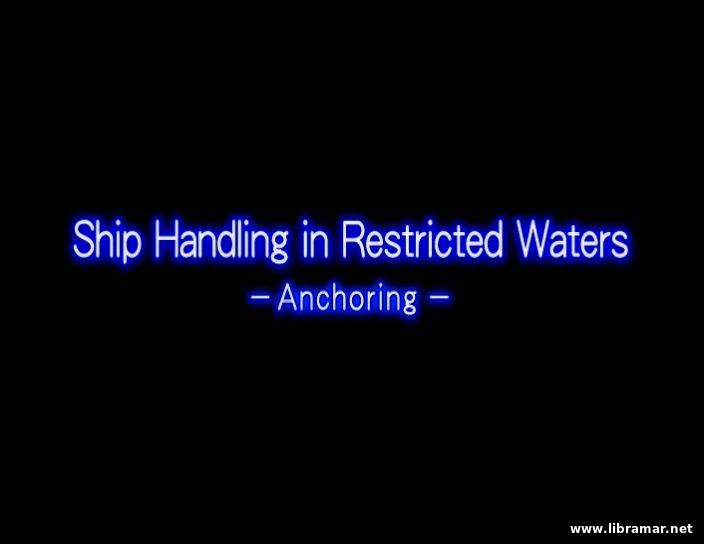 Recently, several quite serious accidents that have resulted in losses of anchors together with entire length of anchoring cables, have taken place while the vessels were attempting to make anchoring. In addition to that, the number of accidents involving vessels lying at anchor has also been noticed to increase.
Most of the subject accidents involved drifting, as well as collision and standing caused by the dragging anchor. The intention of the team of authors who made the present video training film was to prepare a practical material that would be used when studying how to prevent drifting due to dragging anchor while the vessel is lying at anchor and also how to prevent the loss of anchor and it's cable while attempting to anchor.
This video film will be very useful for the ship navigator regardless of their professional seagoing experience, because it not only gives the general theoretical knowledge of the subject but also provides trainees with some practical tips they may benefit of one day.
We would for sure recommend all ship navigators to have a close look and spend some time watching this video file and use the information when conducting their duties during the anchoring operations. The other three parts of this training set address the in-harbor ship handling, bank effects and interaction between two vessels, and ship squat and shallow water effects - all of them are available at our site.
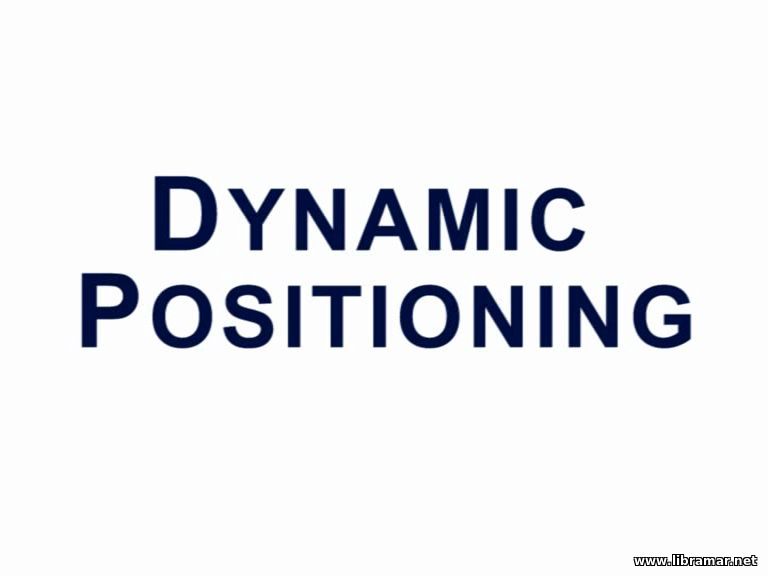 The Dynamic Positioning Systems, or DPS, is the system which is designed and installed on board vessels to keep these automatically in position with the assistance of the active thrusts. The system utilizes thrusters, rudders, and propellers to withstand the external forces like the wind or waves.
Dynamic positioning was first used in the 1960-es and has since that been improved to better serve the offshore industry. This video is demonstrating the application of the DP systems. In fact, the intention was to provide trainees with some general idea of what the dynamic positioning systems are without getting into technical details related to their construction, operating principles and arrangement.
All of these you may find in the publications and videos on the website while this particular video was prepared just to give a picture of the DP system.
|







